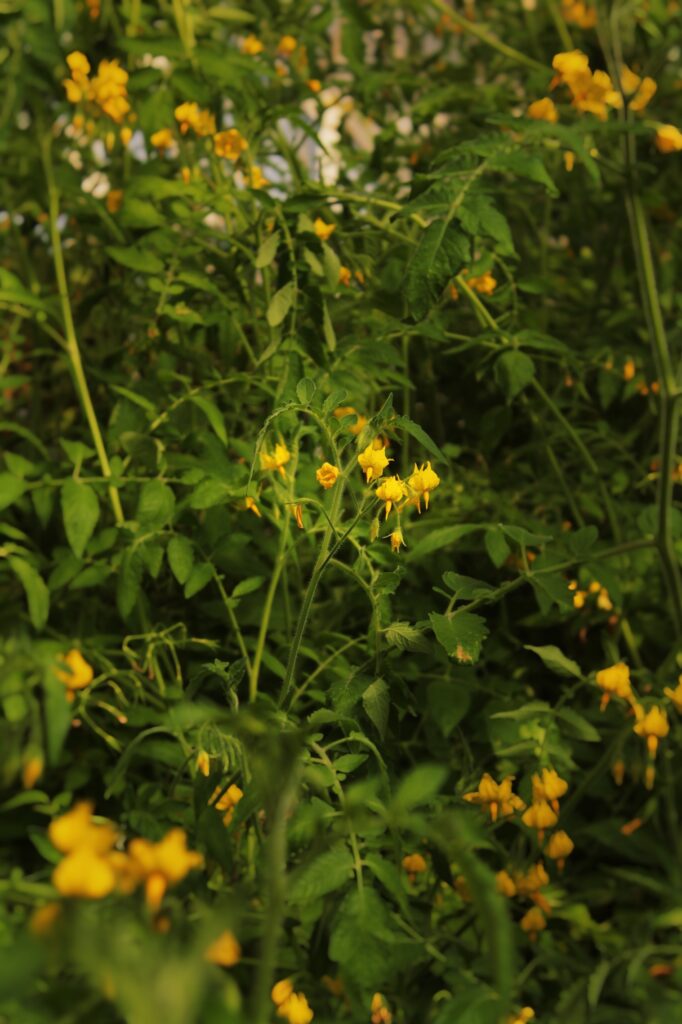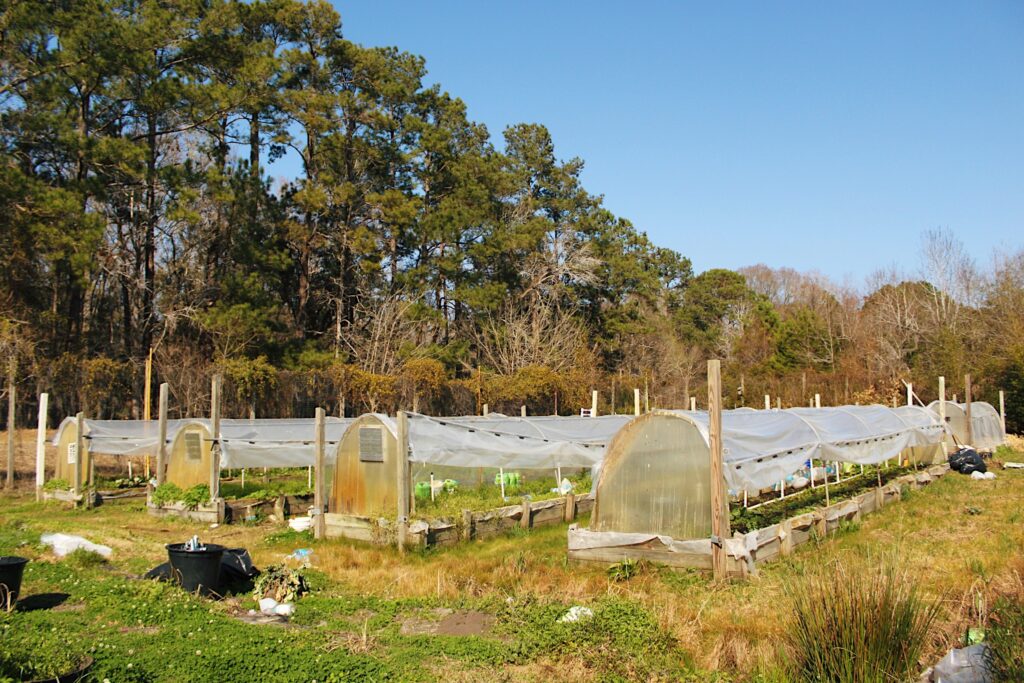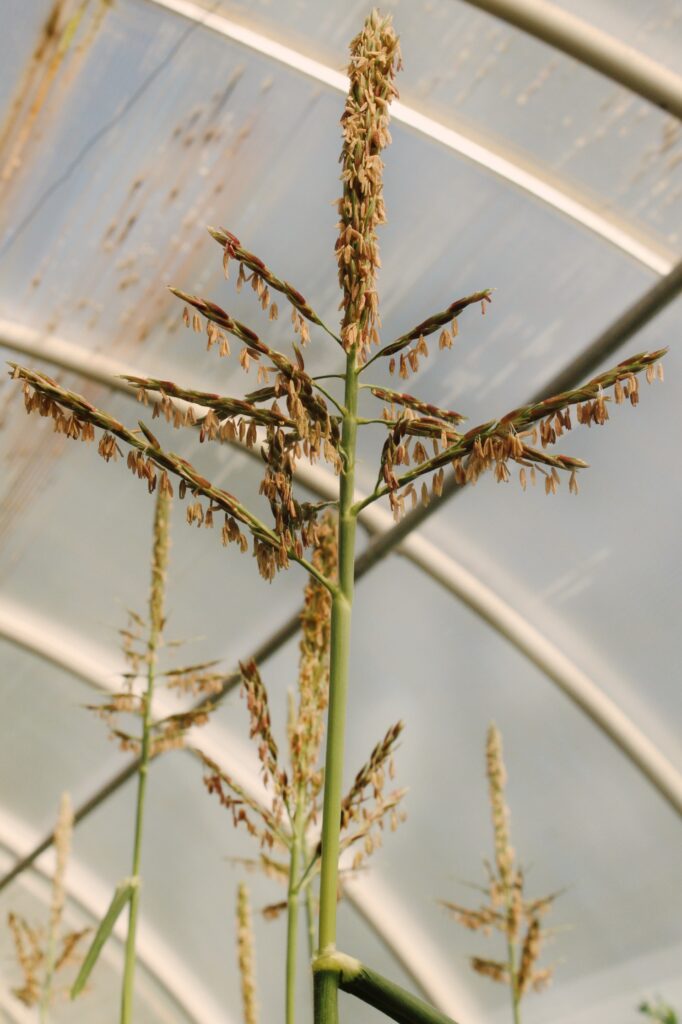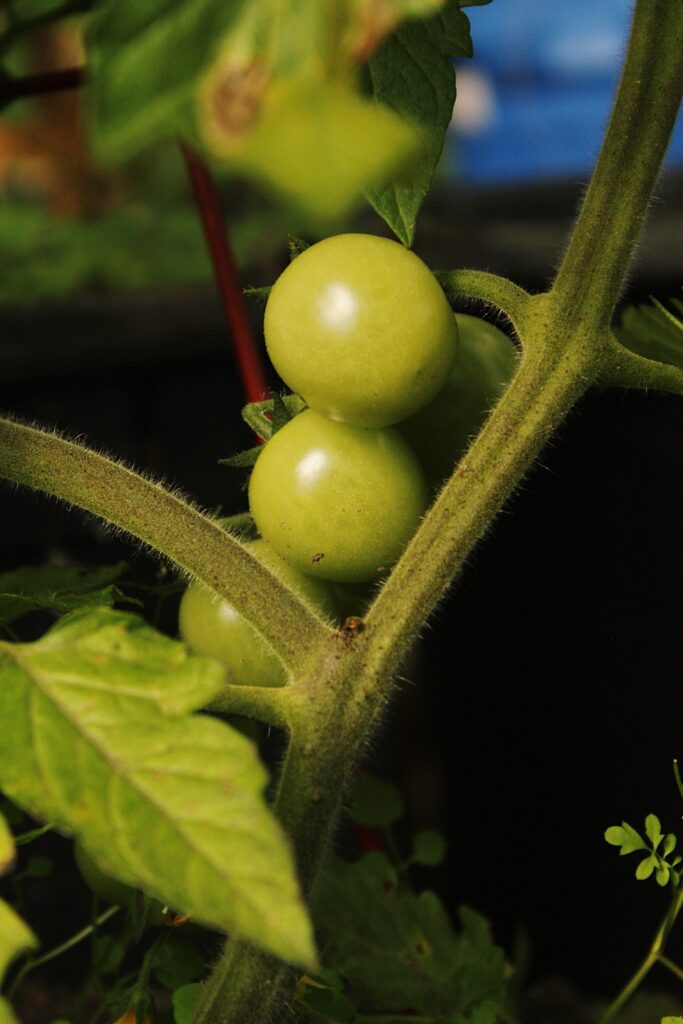Gardening is a hobby that has been enjoyed by many people for centuries, and for good reason. Not only is it a fun and rewarding activity, but it also offers a wide range of benefits for both our physical and mental health.
Spring is an excellent time to start a garden as the weather warms up and nature begins to awaken from its winter slumber. Whether you’re a seasoned gardener or a beginner, starting a spring garden can be an exciting and fulfilling experience. In this blog, we will explore the many benefits of starting a spring garden, as well as offer tips on what to plant and how to make the most of your gardening experience. So, grab your gardening tools and let’s get started!
The Health Benefits of Gardening
Gardening has been shown to have numerous benefits for our physical and mental health. Research has found that gardening can help to reduce stress levels, lower blood pressure, and improve overall mood and well-being. In addition, gardening provides a way to increase physical activity, which can help to improve cardiovascular health, build strength and endurance, and reduce the risk of chronic diseases such as diabetes and obesity.
Moreover, growing your own fruits, vegetables, and herbs can provide you with fresh and healthy produce, which can help to improve your diet and overall nutrition. These benefits make gardening an excellent activity for individuals looking to improve their health and well-being in a natural and sustainable way.

The Environmental Benefits of Gardening
Gardening is not only beneficial for our personal health and well-being, but it can also contribute to a more sustainable lifestyle and a healthier planet. One of the most significant environmental benefits of gardening is its ability to reduce our carbon footprint. By growing our own produce, we reduce the need for transportation and packaging, which can significantly reduce greenhouse gas emissions.
Gardening can also promote biodiversity by providing habitats for various plant and animal species, which can help to maintain a healthy ecosystem. Furthermore, by using natural gardening methods such as composting and mulching, we can reduce the need for synthetic fertilizers and pesticides, which can be harmful to the environment. Additionally, practicing water conservation techniques such as rainwater harvesting and using drought-tolerant plants can help to conserve this precious resource. By incorporating sustainable gardening practices into our lives, we can make a positive impact on the environment while enjoying the many benefits that gardening has to offer.

The Economic Benefits of Gardening
Gardening not only provides health and environmental benefits, but it can also be economically advantageous. One of the most significant economic benefits of gardening is that it can help individuals save money on groceries and reduce overall food costs. By growing our own fruits, vegetables, and herbs, we can significantly cut down on our grocery bills and have access to fresh, high-quality produce throughout the growing season.
Moreover, gardening can be a profitable venture, especially for those who have extra space and are interested in selling their excess produce at farmers’ markets or to local restaurants. Additionally, by composting and using natural fertilizers, we can save money on costly synthetic fertilizers and pesticides. Overall, gardening can be an excellent way to reduce our expenses and generate income while enjoying the many other benefits that it has to offer.
Choosing The Right Plants
When it comes to planning a spring garden, it’s essential to choose the right plants that are suited for the weather conditions and soil type in your area. One of the most popular types of plants for a spring garden is vegetables, which can include tomatoes, lettuce, kale, spinach, peas, and radishes. These plants tend to prefer cooler temperatures and can be planted early in the season to produce a bountiful harvest. Herbs are another great option for a spring garden, including chives, parsley, cilantro, and mint. These plants can add flavor and nutrition to your meals and can also be used for natural remedies and teas.

Flowers are another popular choice for a spring garden, which can add color and beauty to your outdoor space. Some great options for a spring flower garden include tulips, daffodils, crocuses, and hyacinths. By choosing a variety of plants, you can create a diverse and vibrant garden that will provide both aesthetic and practical benefits.
Tips for a Successful Spring Garden
Preparing your garden bed is essential to ensure that your plants have the best possible growing conditions. Here are some tips on how to prepare your garden bed, select the right soil, and provide your plants with the right amount of sunlight and water.
- Choose the right location: Make sure to select a location that receives at least 6 hours of sunlight per day and has good drainage. Avoid areas with compacted soil or where water tends to pool.
- Clear the area: Remove any weeds, rocks, or other debris from the garden bed, and till the soil to a depth of at least 6 inches to loosen the soil.
- Improve the soil: Add organic matter such as compost or well-rotted manure to improve the soil’s fertility and structure. This will help to retain moisture and provide the necessary nutrients for your plants.
- Test the soil: Use a soil test kit to determine the pH level and nutrient content of your soil. Based on the results, you may need to adjust the soil’s pH level or add additional nutrients to ensure that your plants thrive.
- Select the right plants: Choose plants that are suited for the amount of sunlight and moisture in your garden. Read the plant labels or consult with a gardening expert to determine the ideal growing conditions for each plant.
- Water regularly: Water your plants regularly to ensure that they receive enough moisture to grow and produce. Avoid overwatering, as this can lead to waterlogged soil and root rot.
- Mulch the soil: Apply a layer of organic mulch such as straw or wood chips to help retain moisture and suppress weed growth.

Gardening with Limited Space
For those who want to start a spring garden but have limited space, there are several creative gardening ideas that can help you maximize your space and grow a bountiful harvest. Here are some ideas to consider.
- Container gardening: Container gardening is an excellent option for those who have limited space as it allows you to grow plants in pots or other containers. You can grow a variety of plants, including vegetables, herbs, and flowers, and place the containers on a balcony, patio, or other small outdoor space.
- Vertical gardening: Vertical gardening is another great option for those with limited space. You can grow plants on a trellis, wall-mounted planter, or hanging baskets, which can help to free up valuable floor space. You can grow a variety of plants, including strawberries, tomatoes, and herbs, in a vertical garden.
- Raised garden beds: Raised garden beds are an excellent option for those with limited space as they allow you to grow plants in a confined area. You can build a raised garden bed using wood, bricks, or other materials, and fill it with soil and compost. This type of garden is ideal for growing vegetables, herbs, and flowers.
- Window boxes: Window boxes are another great option for those with limited space. You can grow a variety of plants, including herbs and flowers, in a window box and place it on a windowsill or balcony railing. This can add color and beauty to your outdoor space while providing fresh herbs or flowers.
- Hanging baskets: Hanging baskets are an excellent option for those who have limited outdoor space. You can grow a variety of plants, including flowers, herbs, and small vegetables, in a hanging basket and hang it from a balcony, porch, or other outdoor space.

Benefits of Organic Gardening
There are many benefits to growing organically. Growing your own food without the use of harmful chemicals and pesticides can provide several advantages for both your health and the environment. Here are some benefits to consider.
- Healthier produce: By growing your own food, you have control over what goes into the soil and onto your plants. This allows you to grow fresh and healthy produce without the use of synthetic fertilizers, pesticides, or herbicides, which can be harmful to your health.
- Lower risk of food contamination: By growing your own food, you can reduce the risk of contamination from harmful bacteria, such as E. coli or salmonella, which can be found in commercially grown produce.
- Improved taste: Homegrown fruits and vegetables often taste better than store-bought produce as they are picked at their peak ripeness and don’t need to be transported long distances.
- Reduced environmental impact: Commercial agriculture can be harmful to the environment due to the use of pesticides, herbicides, and synthetic fertilizers. By growing your own food without these harmful chemicals, you can reduce your carbon footprint and contribute to a healthier planet.
- Cost savings: Growing your own food can be a cost-effective way to provide fresh and healthy produce for you and your family. By avoiding the costs associated with transportation and packaging, you can save money on groceries and reduce your overall food costs.

Exploring Different Gardening Techniques
Different gardening techniques can help you maximize your yields and make the most of your garden space. Here are some popular techniques to consider.
- Companion planting: Companion planting is the practice of planting two or more plants together that benefit each other. For example, planting marigolds near tomatoes can help to repel pests, while planting beans near corn can help to provide nitrogen to the soil.
- Crop rotation: Crop rotation is the practice of planting different crops in the same area in a specific sequence to avoid depleting the soil of nutrients. By rotating crops, you can help to maintain soil fertility and reduce the risk of soil-borne diseases.
- Intercropping: Intercropping is the practice of planting two or more crops in the same area to maximize space and resources. For example, planting lettuce and radishes together can help to maximize the use of space and provide a complementary harvest.
- Raised bed gardening: Raised bed gardening involves planting in soil that is raised above ground level. This technique helps to improve soil drainage and provides a concentrated growing area, which can be ideal for growing vegetables, herbs, and flowers.
- Mulching: Mulching involves covering the soil with a layer of organic material such as leaves or straw. This technique helps to retain moisture, suppress weed growth, and improve soil fertility.
By incorporating these different gardening techniques, you can help to maximize your yields and create a healthy and productive garden. It’s essential to research and experiment with different techniques to find the ones that work best for your garden and growing conditions.

Making the Most of your Harvest
After a successful harvest from your spring garden, it’s important to know how to store, preserve, and cook your fruits and vegetables to ensure that they remain fresh and tasty. Here are some tips to consider.
- Storing fruits and vegetables: Store fruits and vegetables in a cool, dry place such as a root cellar or a pantry. Avoid storing them in direct sunlight or in a humid area, as this can cause spoilage.
- Canning: Canning is a popular way to preserve fruits and vegetables for long-term storage. This involves sealing produce in a jar and boiling it to prevent bacterial growth. Canning is an excellent way to store produce that won’t be used right away, such as tomatoes or cucumbers.
- Freezing: Freezing is another way to preserve fruits and vegetables for long-term storage. Blanch the produce before freezing to help retain color and texture.
- Pickling: Pickling is a great way to preserve vegetables such as cucumbers, green beans, and carrots. This involves immersing the produce in a vinegar and salt solution, which gives the vegetables a tangy and flavorful taste.
- Cooking: Use your fresh produce in various recipes, such as salads, stir-fries, soups, and stews. Cooking your produce helps to bring out the flavors and nutrients, and can also be an excellent way to experiment with new recipes.
Spring Gardening Conclusion
Starting a spring garden can provide numerous benefits for your health, the environment, and your wallet. Gardening can help to reduce stress, increase physical activity, and provide fresh and healthy produce. By choosing the right plants and following proper gardening techniques, you can maximize your yields and create a beautiful and productive garden.
Additionally, growing your own food without the use of harmful chemicals and pesticides can contribute to a sustainable lifestyle and a healthier planet. Whether you have a small balcony or a large backyard, starting a spring garden is a fulfilling and rewarding activity that can provide you with numerous benefits for years to come. If you find yourself in need of some help planning your garden, take a quick look at Hortisketch.











